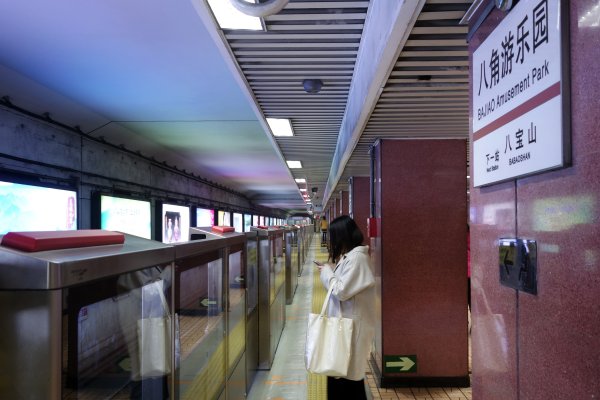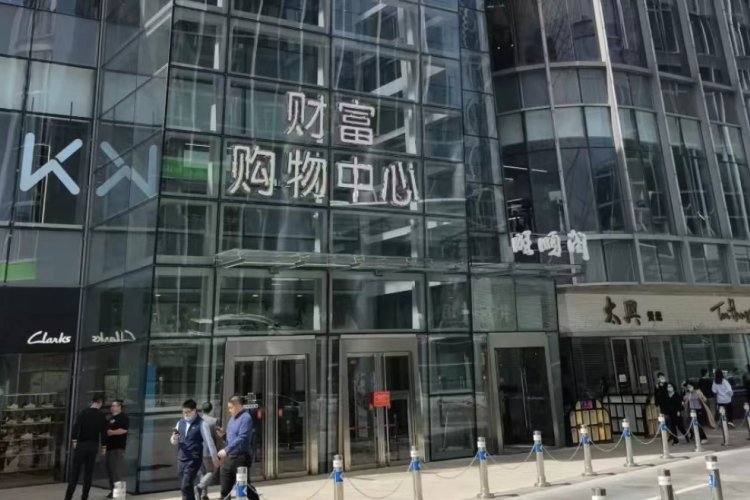Beijing News You Might Have Missed This Week, May 24
Beijing is a happening city! Don't miss a thing with our weekend roundup of the latest news.
Line 1 Bajiao Amusement Park Station To Close Until 2027

The Beijing Municipal Commission of Transport recently announced that beginning Jun 2, 2025 the Bajiao Amusement Park station (八角游乐园站) will be closed to accommodate construction work on the station, which is set to become a transfer station linking Line 1 to Line S1. Bajiao Amusement Park station is expected to resume operation on May 2, 2027. During the time of station closure, trains will pass through the subway station without stopping.
In addition to the work connecting the two lines, the station will also receive a number of upgrades aimed at improving passenger experience and increasing efficiency. Included in these upgrades are expansion of the station’s underground space, the addition of four entrances and exits, construction of two pedestrian overpasses on both sides of the station, and linking the underground north and south sections of the station with one shared security and gate check area.
Aboveground transportation options will be adjusted to accommodate the temporary closure of the station and subway service disruption. Measures include increased vehicle capacity of regular bus routes and adjustments of bus stop points, along with the extension of some bus lines. For example, bus routes 专210, 529, and 597, among others, will connect Line 1’s Gucheng station (古城站) with Line 6’s Yangzhuang station (杨庄站), and routes route 专86, 专91 and 965, and others, will temporarily extend their terminal station from Bajiao Amusement Park station to Babaoshan station (八宝山站).
Don’t Walk. Stand: Beijing Steps Up Efforts for Subway Escalator Safety

Various news platforms have recently reported on the “discovery” by subway passengers of little yellow footprints painted on the escalators of some subway stations in Beijing. These footprints are part of stepped up efforts to discourage people from the habit of standing on the right and walking on the left, instead reminding passengers to stand on both sides of the escalator and hold the handrail.
There are several reasons for this soft campaign to teach people not to stand on the left and walk on the right. In the long term, this behavior can cause mechanical damage to elevator systems, with a whopping 95 percent of elevator damage having as a key factor unbalanced forces on the elevator, such as those applied when large masses of people stand on the left and walk on the right.
Additionally, due to regulations and physical constraints, the height and depth of escalator steps are greater than normal steps, and the slope of escalators tends to be steeper than regular stairs and staircases. The elevators in subway stations also tend to move a bit faster than those in other locations.
Walking on escalators carries an increased likelihood of an accident, and some 75 percent of escalator accidents are apparently caused by people walking on them.
Efficiency concerns also play a role in the push to get people to stand still and hold the handrail in both “lanes” of the escalator. Tests have shown that a “fully-loaded” escalator, where all steps and both lanes are occupied by passengers, can transport 113 passengers per minute, whereas an escalator where the “stand right and walk left” behavior applies can transport only around 81 passengers per minute.
READ: Help CFFC Beijing Select Their 2025 Charity Recipients
Images: Shangguan Xinwen, Wikimedia Commons: Tyg728 (used without alteration under CC BY-SA 4.0)







